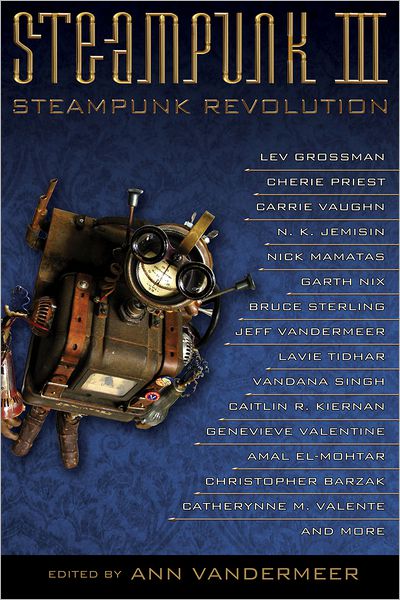Advertisement
Answering Your Questions About Reactor:
Right here.
Sign up for our weekly newsletter.
Everything in one handy email.
Anthologizing 100 Years of Science Fiction

Ann VanderMeer
Ann VanderMeer
Ann VanderMeer is a consulting editor at Tor.com and a Hugo-award winning editor and publisher. From 2007-2011 she was the fiction editor of Weird Tales. She has edited the Best American Fantasy series as well as numerous other anthologies including The Thackery T. Lambshead Cabinet of Curiosities, Steampunk, and Fast Ships, Black Sails. She is the founder of Buzzcity Press. Upon leaving Weird Tales, Ann founded The Weird Fiction Review with her husband Jeff VanderMeer.
Latest from Ann VanderMeer
Showing 5 results



“There is an art to smiling in a way that others will believe. It is always important to include the eyes; otherwise, people will know you hate them.”
N.K. Jemisin, The Fifth Season










